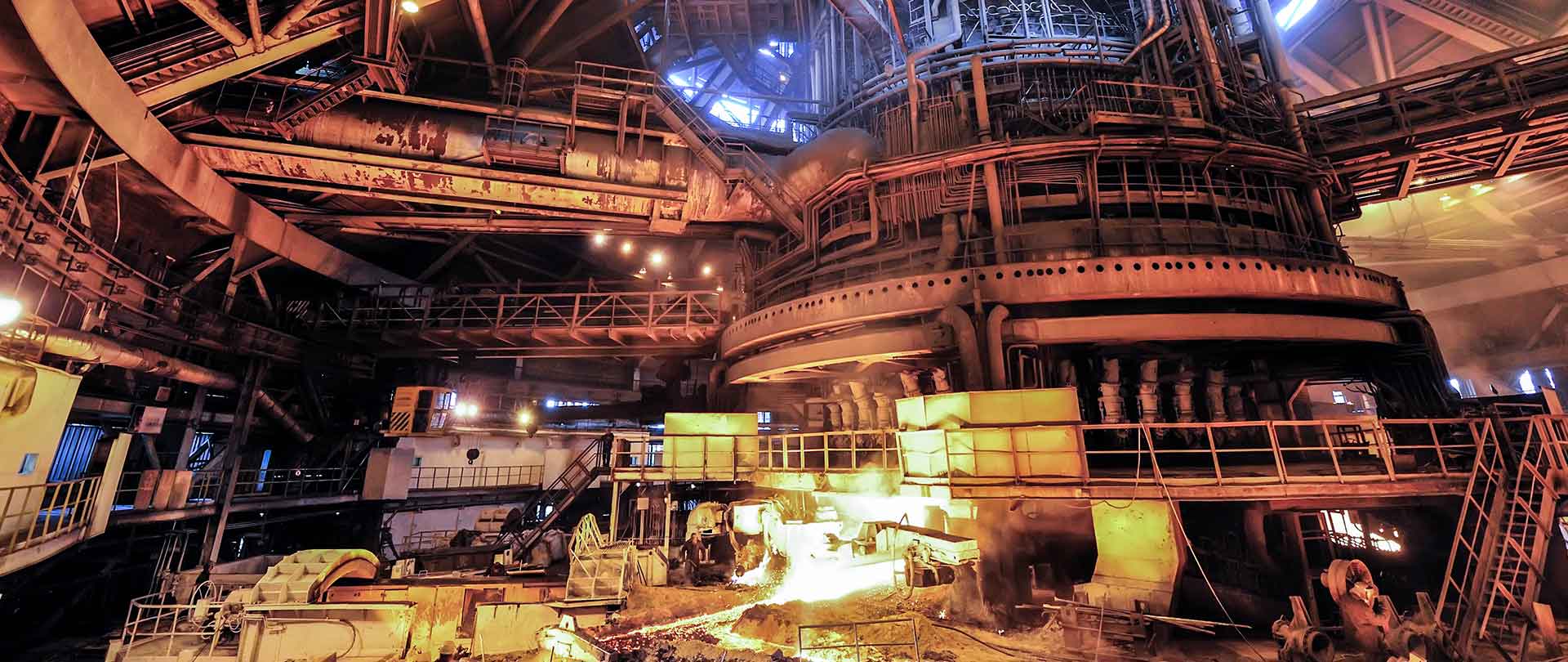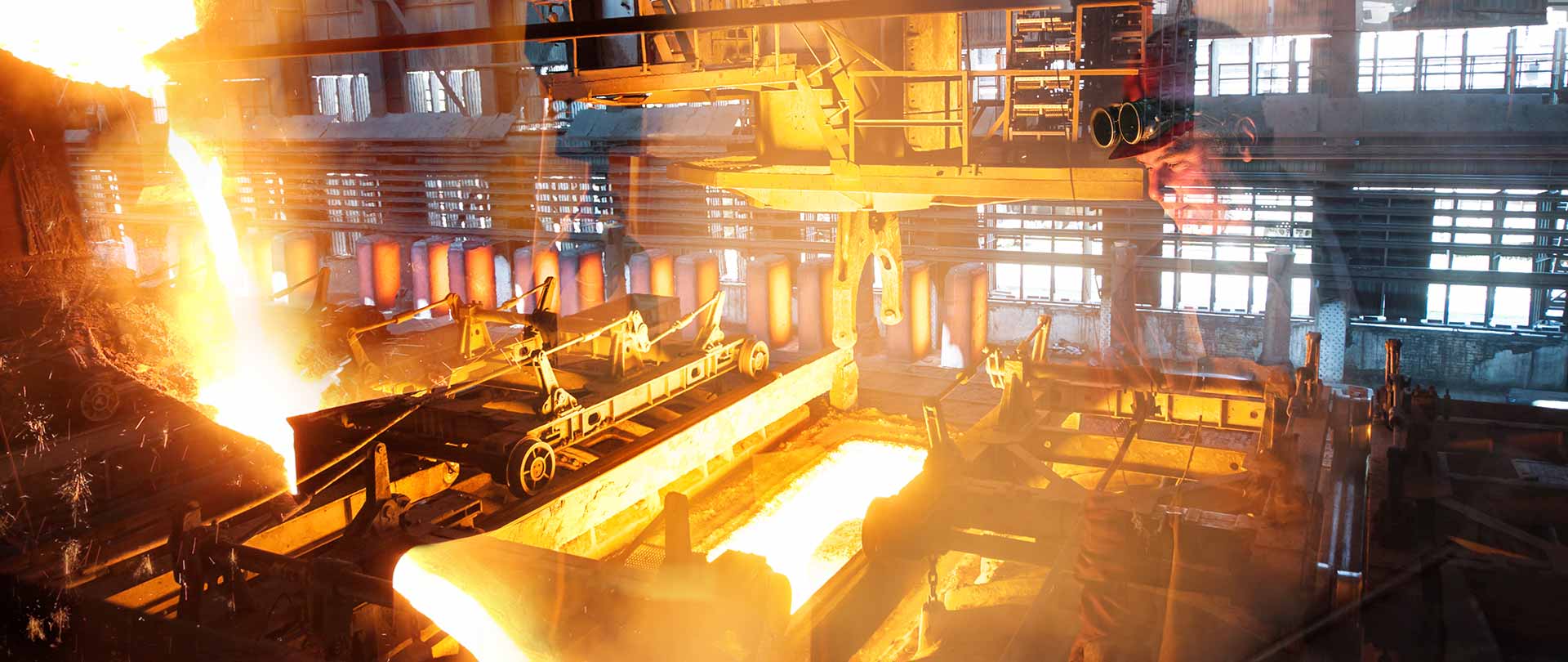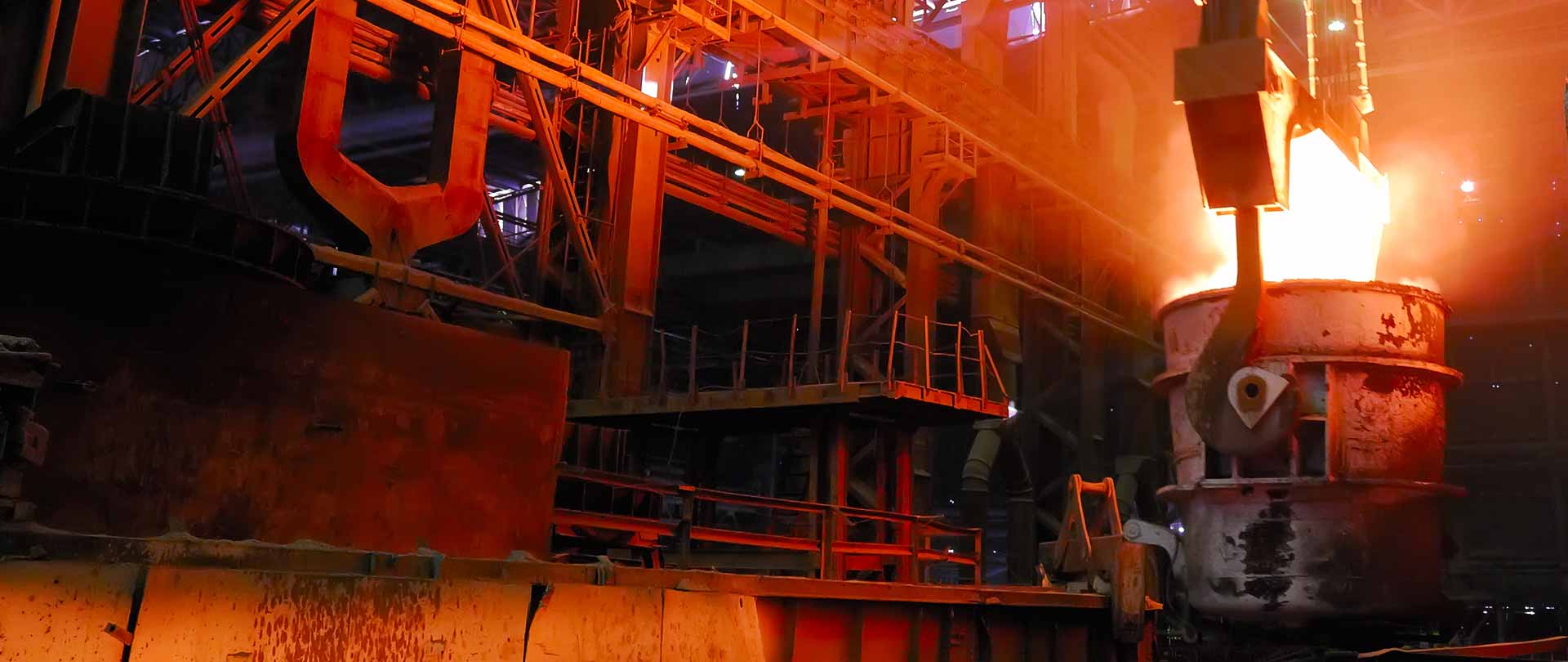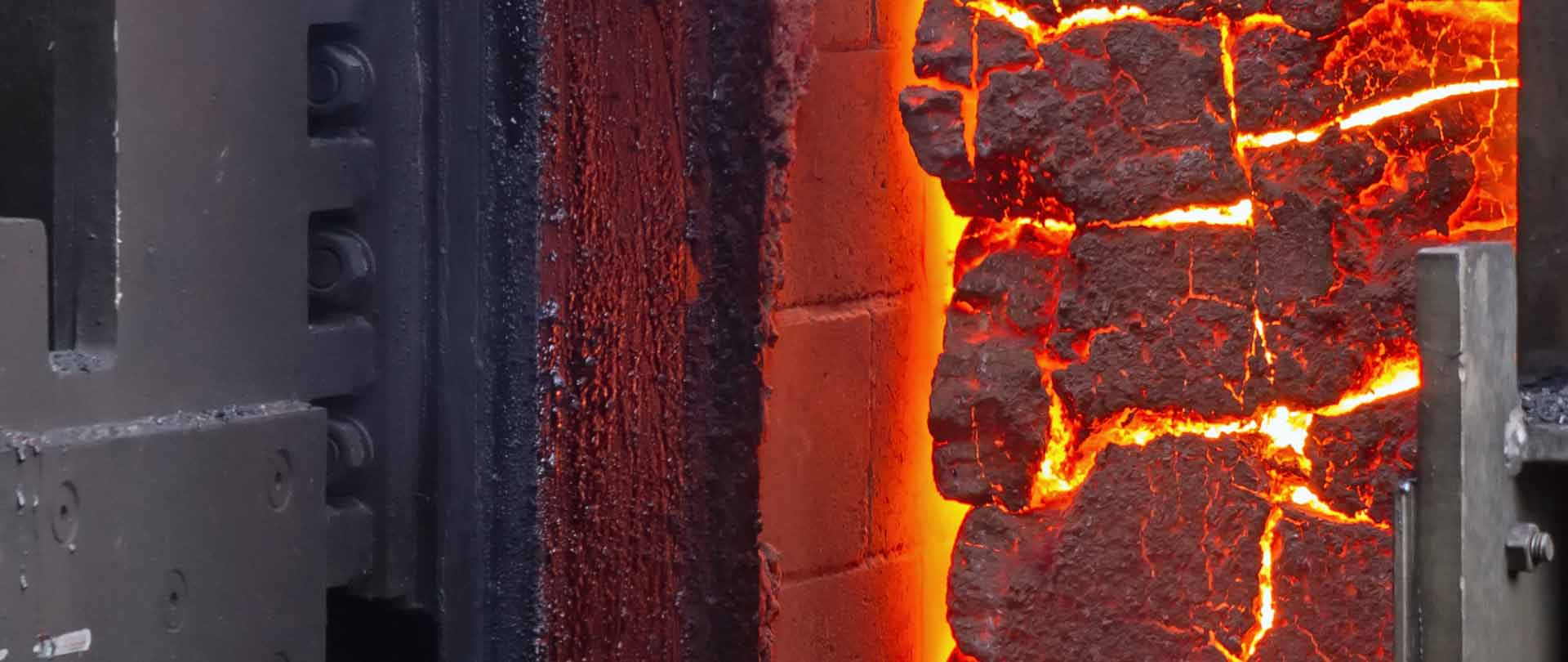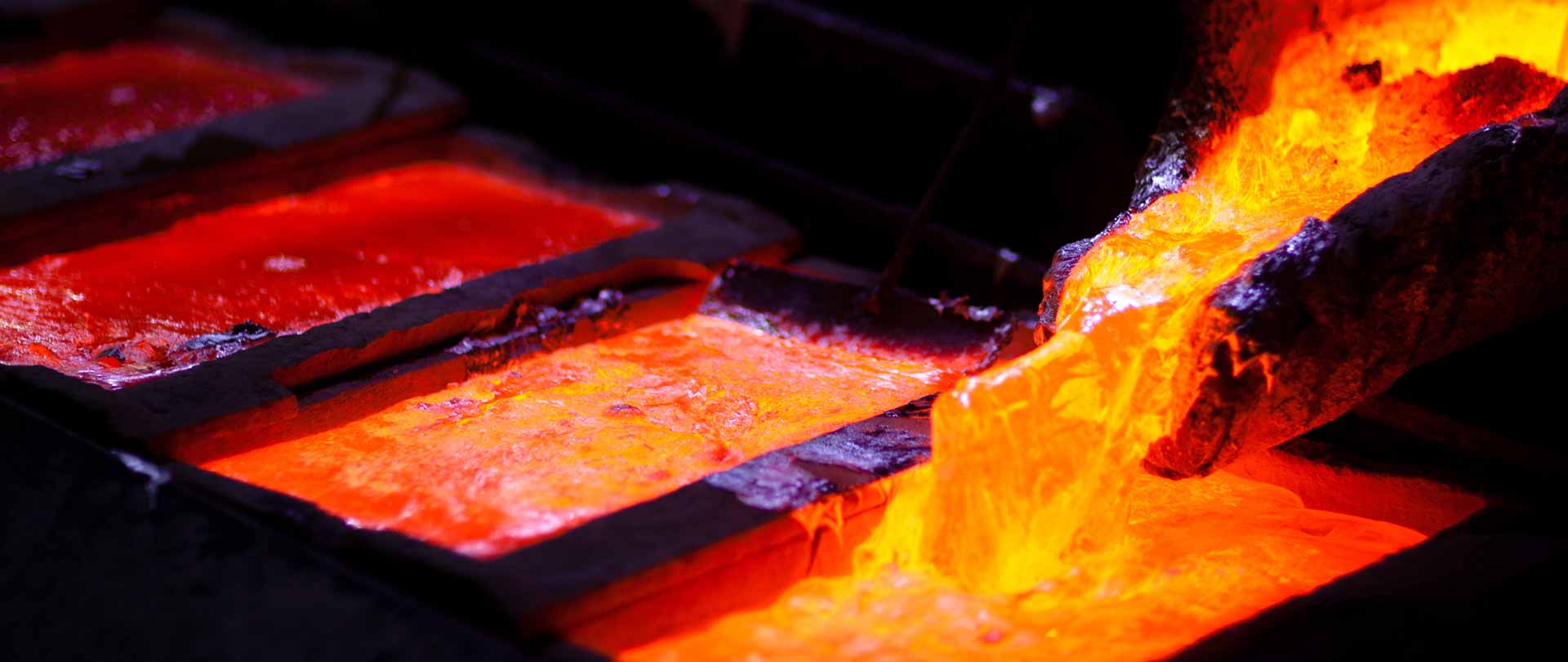Cyclones play an important role in improving the heat efficiency as well as the kiln performance. Unshaped refractories in the cyclone zone have to withstand the frequent thermal shocks and chemical attacks.
The calcinator equally promotes the heat efficiency and allows a wider choice of combustibles (cost saving!). This zone is marked by a higher temperature level and stronger chemical stress, which can adversely affect the refractory lining. These conditions require the use of products with higher refractoriness and a very good thermal shock resistance.
Frequently dry-process kilns are used for refuse incineration and provide a source of low-cost energy. Likewise this application entails chemical stress for the refractories. The lining has to exhibit good resistance against abrasion and alkaline attacks.
A burner zone with a well-engineered combustion significantly reduces the stress and wear of the refractory lining. However, suboptimal combustion engineering will lead to a reducing atmosphere which in turn will cause a strong deterioration of the refractory material.
The cooler or discharging zone is subject to high abrasion wear, thermal shocks and ribbon development. Steel nose ringscan be successfully repaired by means of refractory casting mixes.
Depending on the kiln hood design, a refractory casting mix might be easier to apply than refractory bricks. Chemical resistance and a low thermal conductivity are important properties for this application.
Although many of the aforementioned zones are usually protected by means of refractory bricks, dry-process cement kilns can be successfully lined with unshaped refractory products.
Contact us to find out more about the various possibilities for this application.
